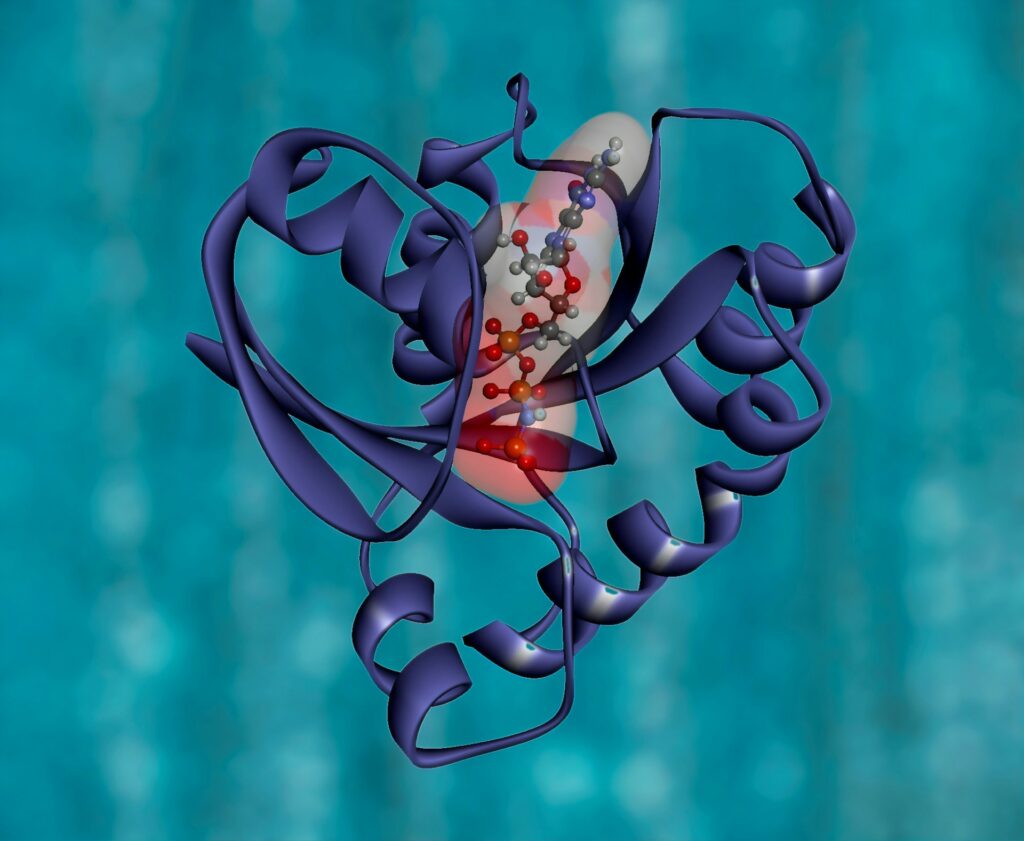Comprehensive Guide to Cardiovascular Disease


Understanding Cardiovascular Disease
Cardiovascular disease (CVD) encompasses a range of disorders affecting the heart and blood vessels. These conditions include coronary artery disease, heart attack, stroke, hypertension, and heart failure. The complexity of cardiovascular disease requires an in-depth understanding of its causes, symptoms, diagnosis, treatment, and prevention.
Causes and Risk Factors of Cardiovascular Disease
Cardiovascular disease arises from various factors, including lifestyle choices, genetic predispositions, and underlying health conditions.
1. Lifestyle Factors
- Diet: High intake of saturated fats, trans fats, and cholesterol can contribute to the buildup of plaques in arteries, leading to coronary artery disease.
- Physical Inactivity: Sedentary lifestyles increase the risk of obesity and high blood pressure, both of which are risk factors for cardiovascular disease.
- Smoking: Tobacco use damages blood vessels, reduces oxygen supply, and accelerates the development of atherosclerosis.
2. Genetic Factors
Genetics play a crucial role in the development of cardiovascular disease. Individuals with a family history of heart disease are at a higher risk due to inherited genetic traits that affect cholesterol levels, blood pressure, and other cardiovascular parameters.
3. Underlying Health Conditions
- Hypertension: Chronic high blood pressure damages artery walls, making them more susceptible to plaque buildup.
- Diabetes: Diabetes increases the risk of heart disease by accelerating the process of atherosclerosis and causing high blood sugar levels that damage blood vessels.
- High Cholesterol: Elevated levels of low-density lipoprotein (LDL) cholesterol contribute to plaque formation in arteries.
Symptoms and Diagnosis of Cardiovascular Disease
1. Common Symptoms
- Chest Pain: Often described as a feeling of pressure or squeezing in the chest, which may radiate to the arms, neck, or jaw.
- Shortness of Breath: Difficulty breathing can indicate heart failure or coronary artery disease.
- Fatigue: Unexplained tiredness or weakness, particularly after physical activity.
2. Diagnostic Tests
- Electrocardiogram (ECG): Measures the electrical activity of the heart to detect irregularities.
- Echocardiogram: Uses ultrasound waves to create images of the heart’s structure and function.
- Stress Test: Assesses how the heart performs under physical stress, usually involving exercise or medication.
- Blood Tests: Measure levels of cholesterol, glucose, and other markers related to cardiovascular health.
Treatment Options for Cardiovascular Disease
1. Medications
- Antihypertensives: Medications such as ACE inhibitors and beta-blockers help manage high blood pressure.
- Statins: Lower cholesterol levels and reduce the risk of heart attacks and strokes.
- Antiplatelet Agents: Prevent blood clots by inhibiting platelet aggregation.
2. Lifestyle Changes
- Diet: Adopting a heart-healthy diet rich in fruits, vegetables, whole grains, and lean proteins can improve cardiovascular health.
- Exercise: Regular physical activity strengthens the heart and improves circulation.
- Smoking Cessation: Quitting smoking reduces the risk of heart disease and improves overall cardiovascular health.
3. Surgical Interventions
- Angioplasty and Stenting: Procedures that open blocked arteries and place a stent to keep the artery open.
- Bypass Surgery: Replaces blocked arteries with grafts to restore blood flow to the heart.
Preventing Cardiovascular Disease
1. Regular Health Screenings
Routine check-ups and screenings for blood pressure, cholesterol levels, and glucose levels can help detect early signs of cardiovascular disease.
2. Healthy Lifestyle Choices
- Balanced Diet: Focus on nutrient-rich foods and limit intake of processed foods high in sodium and unhealthy fats.
- Physical Activity: Aim for at least 150 minutes of moderate aerobic activity per week.
- Stress Management: Practice relaxation techniques such as meditation or yoga to manage stress levels effectively.
3. Regular Monitoring
- Weight Management: Maintain a healthy weight to reduce the burden on the heart and lower the risk of developing cardiovascular conditions.
- Blood Pressure Control: Regularly monitor and manage blood pressure to prevent complications.
Diagram: Cardiovascular Disease Risk Factors
graph LR
A[Cardiovascular Disease] --> B[Lifestyle Factors]
A --> C[Genetic Factors]
A --> D[Underlying Health Conditions]
B --> B1[Diet]
B --> B2[Physical Inactivity]
B --> B3[Smoking]
C --> C1[Family History]
D --> D1[Hypertension]
D --> D2[Diabetes]
D --> D3[High Cholesterol]Conclusion
Cardiovascular disease is a multifaceted condition influenced by various factors. Understanding these factors, recognizing symptoms, and pursuing timely treatment and prevention strategies are essential in managing cardiovascular health. By adopting a proactive approach to lifestyle changes and regular health monitoring, individuals can significantly reduce their risk and lead a healthier lives.




